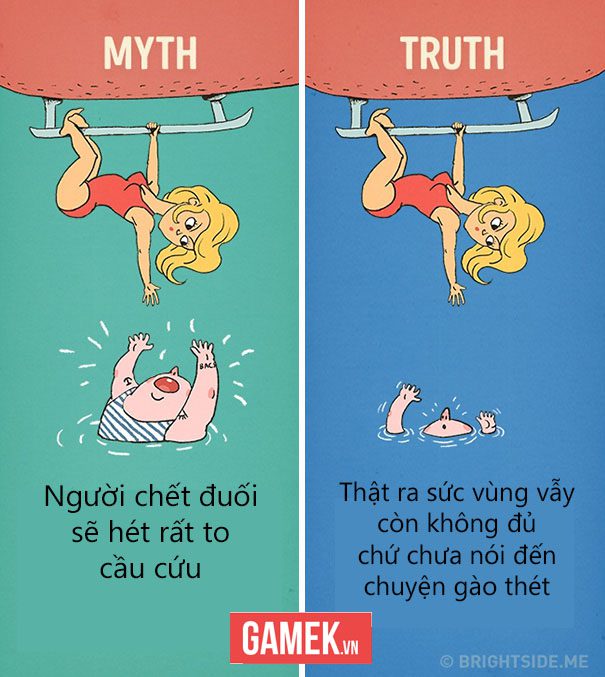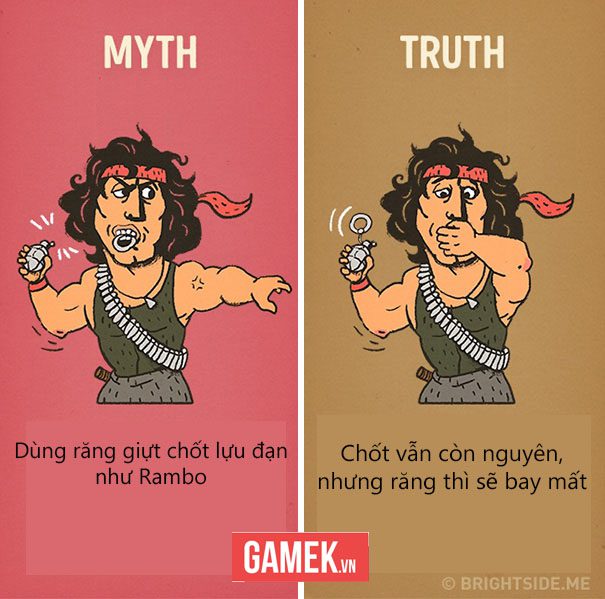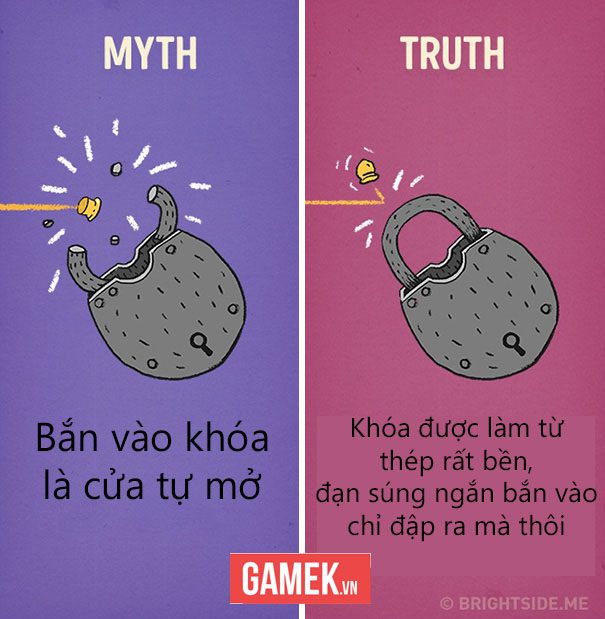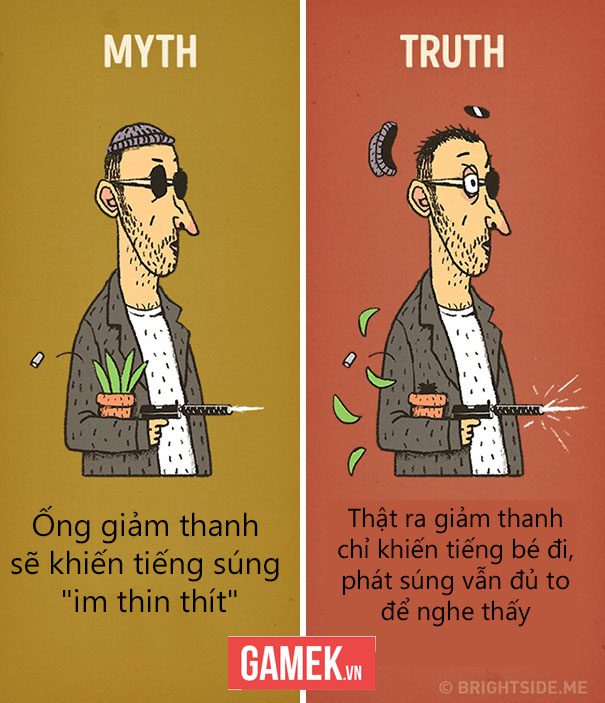Exploring the Myths of Hollywood Movies
While many Hollywood films captivate us with their thrilling plots and stunning visuals, they often indulge in some pretty wild myths. From the infamous use of chloroform to subdue characters to the portrayal of intense scenarios that may not align with reality, it’s clear that Hollywood loves to stretch the truth.
For instance, the idea of using a little chloroform on a cloth to knock someone out is a common trope. But is it really that simple? In reality, the effectiveness of chloroform is much more complex and varies significantly from what’s depicted in films. The portrayal of such scenarios is often exaggerated to enhance the drama, leaving viewers questioning the authenticity of these representations.
Are Hollywood Movies Accurate?
Many of us have seen films where characters easily fall unconscious after a quick whiff of chloroform. But does this accurately reflect real-life situations? It’s worth examining whether these cinematic techniques truly represent reality or if they merely serve to entertain. After all, Hollywood has a knack for crafting stories that often prioritize excitement over accuracy.
As we delve into these myths, it’s important to consider the implications they have on our perception of reality. Are we led to believe that the events we see on screen can happen in real life? Or do we recognize them as mere fiction? Let’s take a closer look at some of these common myths presented in Hollywood films:
These images highlight various myths and misconceptions often perpetuated by the film industry. As viewers, it’s essential to approach these representations with a critical eye and to discern between entertainment and reality.
The Bottom Line
Ultimately, while Hollywood films can be thrilling and entertaining, they often blur the lines between fact and fiction. As consumers of media, we should appreciate the artistry of filmmaking while remaining aware of the myths that might influence our understanding of real-world issues. By doing so, we can enjoy the cinematic experience while also fostering a more informed perspective on the stories we encounter.
























